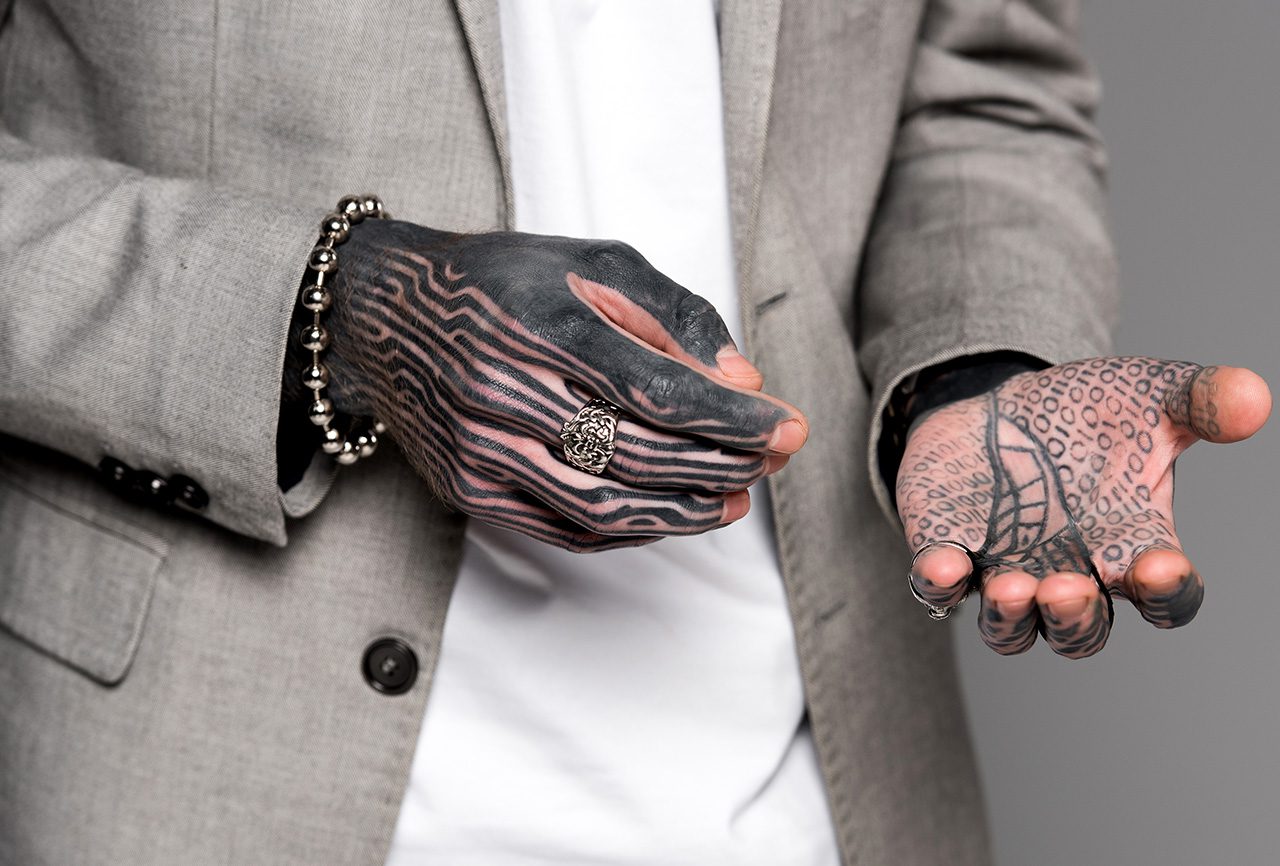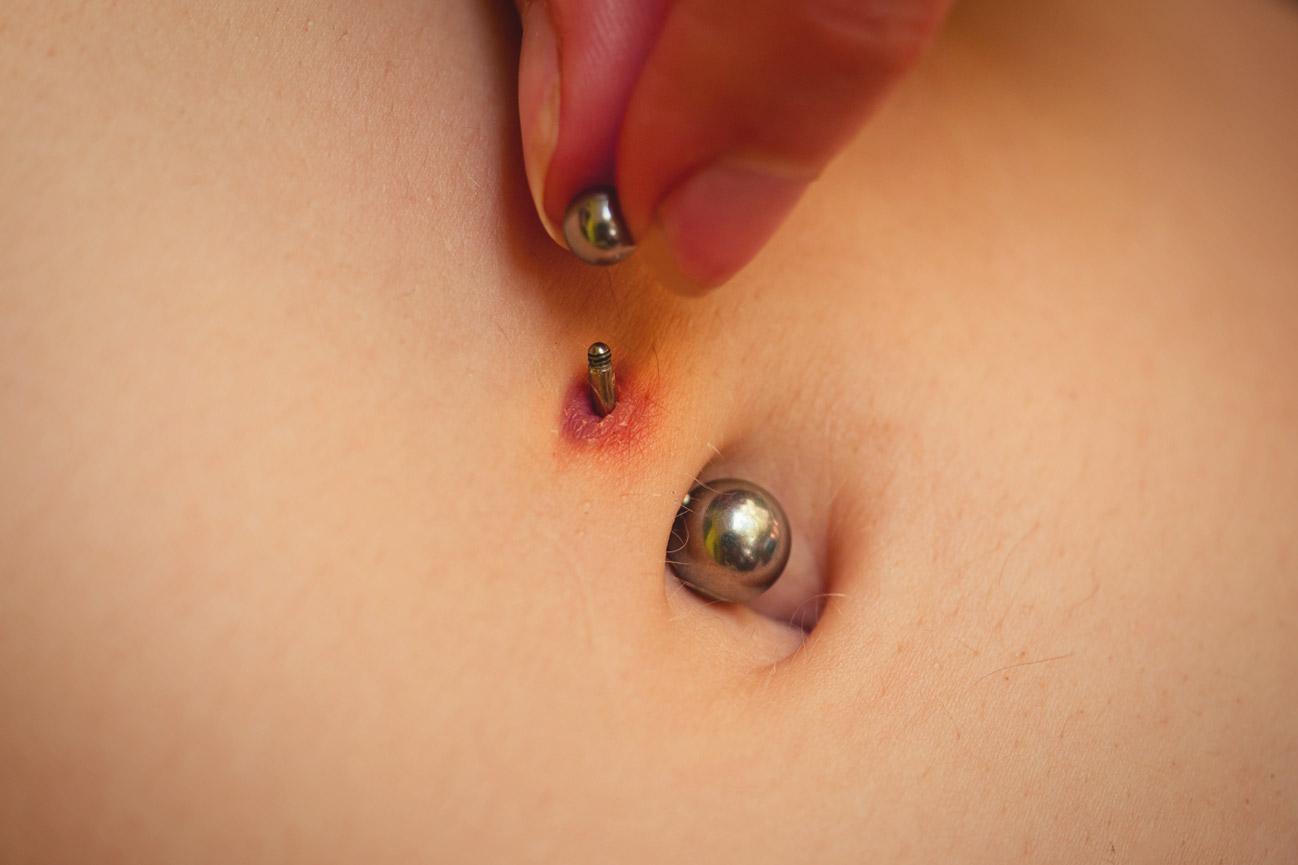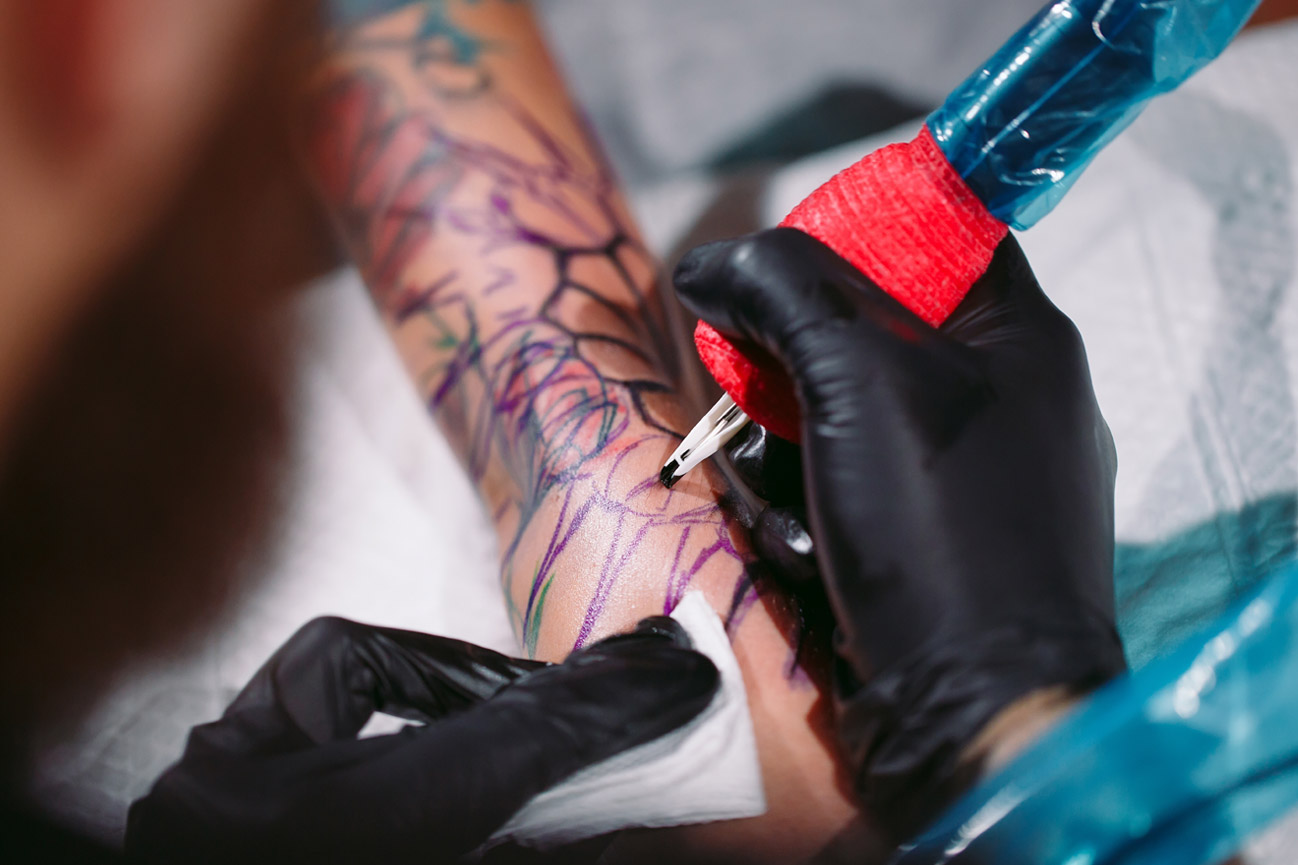Palm tattoos, once considered a daring choice reserved for the most adventurous tattoo enthusiasts, are now gaining popularity for their unique aesthetic appeal. While they offer a bold and distinctive look, palm tattoos also present a set of challenges unlike tattoos placed on other parts of the body. In this blog, we’ll look into the reasons why palm tattoos are both revered and feared, exploring the pain they entail, the challenges faced by tattoo artists, the emergence of specialization in palm tattooing, and the important considerations for healing and aftercare.
Why Palm Tattoos are Painful:
Tattooing the palm is often described as one of the most painful areas to ink, and for good reason. Unlike other parts of the body, the palm lacks significant fat and muscle tissue, resulting in a more direct sensation of the tattoo needle against the bones and nerves beneath the skin. Additionally, the palm is densely populated with nerve endings, making it highly sensitive to pain. As a result, the process of tattooing the palm can be excruciating for many individuals, requiring a high tolerance for discomfort.
Your hand is packed with nerve endings, tendons, and touch sensors, amplifying the sensation of pain during the tattooing process. The combination of these factors contributes to the intense discomfort experienced when getting a palm tattoo.
If you are considering getting both palms tattooed, it’s worth noting that some artists may not tattoo both palms on the same day. This is because palm tattoos can be particularly painful, and having both palms tattooed simultaneously can be overwhelming for some individuals. Plain and simple, palm tattoos hurt, and the hand may swell during the process. Additionally, the healing process can be uncomfortable, as you need to be able to fully use one hand for day-to-day activities while the other is healing. It’s important to consider these factors before committing to getting both palms tattooed at once.
Palm tattoos: Challenges Faced by Tattoo Artists
Tattooing the palm presents a myriad of challenges for artists, stemming from the unique characteristics of the skin in this area. Unlike other parts of the body, the skin on the palms regenerates at a faster rate and is highly textured, with deep creases and lines. This presents a challenge for tattoo artists, as the textured surface makes it difficult to achieve smooth, consistent lines and shading. Additionally, the thinness of the skin and the density of the flesh make it challenging to penetrate the tattoo needle deep enough to saturate the skin with ink without risking blowouts or uneven pigmentation.
Moreover, the palm is home to a dense network of nerve endings and tendons, making the tattooing process exceptionally painful for many individuals. The constant movement and use of the hands further exacerbate this discomfort, requiring both the artist and the client to endure a high level of pain throughout the tattooing session.
Furthermore, the hands are subjected to a significant amount of wear and tear on a daily basis. Constant exposure to friction, as well as frequent hand washing and exposure to sunlight, can cause palm tattoos to fade or the ink to eject over time. This can lead to a loss of clarity and definition in the tattoo, requiring regular touch-ups to maintain its vibrancy.
Navigating these challenges requires a combination of technical skill, patience, and a deep understanding of palm anatomy. Specialized palm tattoo artists must possess a keen eye for detail and a steady hand to overcome the obstacles presented by this unique placement.
Specialization in Palm Tattoos:
Despite these challenges, a growing number of tattoo artists are specializing in palm tattoos, honing their skills and developing innovative techniques to overcome the obstacles associated with this unique placement. These artists possess a deep understanding of palm anatomy and tattooing principles, allowing them to execute palm tattoos with precision and finesse.
If you are considering getting a palm tattoo, it’s crucial to do your research. Not all tattoo artists are willing to do palm tattoos, and finding someone who specializes in this specific craft is a great consideration. Specialized palm tattoo artists are highly skilled in this niche area and have the expertise to ensure that your tattoo is executed with care and precision. While palm tattoos may be more painful, knowing that your tattoo is being properly done by an experienced professional can provide peace of mind and confidence in the final result.
Healing Time and Aftercare:
The first four days following the tattooing of your palm are critical for proper healing. During this time, it’s essential to keep your tattoo clean to prevent infection and promote optimal healing. Wash your tattoo with warm water and fragrance-free antibacterial soap, using a fresh, clean paper towel to gently pat it dry. Apply a very small amount of lotion to the tattoo, ensuring not to over-saturate it. The goal is to keep the tattoo hydrated without clogging the pores or impeding the healing process. It’s recommended to repeat this cleansing and moisturizing routine 2-3 times a day.
After about two weeks, your tattoo will begin to scab. Whatever you do, do not pick these scabs! It is very important to let your palm heal on its own. Picking can lead to infection and compromise the integrity of your tattoo.
Within about four weeks, your scabs should have completely come off. However, this does not mean your tattoo is fully healed. There are still many layers under your healed dermis that are not healed yet; you still have a few weeks to go. It’s essential to continue following proper aftercare techniques during this time to ensure the best possible outcome for your palm tattoo.
It’s worth noting that blowouts with hand tattoos are different from normal blowouts on other parts of the body. Blowouts on palm tattoos will appear watery and will be noticeable within the first few days after your tattoo. These may persist for the entire duration of your healing process but will eventually go away. This can be caused by the high saturation of ink packed into the skin and the depth needed to properly penetrate the skin on your palm.
Allowing your palm tattoo to breathe is crucial during the healing process. Refrain from wearing gloves or rewrapping the tattoo whenever possible, as sweat and friction can impede healing. If your palm becomes excessively sweaty, it’s important to rewash the tattoo and follow the aftercare steps to maintain cleanliness and prevent irritation.
If you engage in activities that cause excessive sweating or friction, such as going to the gym or participating in vigorous exercise, it’s advisable to refrain from doing so until your tattoo is fully healed. Gyms and public exercise spaces can harbor bacteria and germs that may increase the risk of infection or irritation. Keep in mind that healing times can vary from person to person, so it’s essential to listen to your body and give your palm tattoo the time and care it needs to heal properly.
Longevity of Palm Tattoos:
Once your palm tattoo has fully healed, typically in about six weeks, the ink that remains in your palm is there to stay. Unlike tattoos on other parts of the body that may fade or blur over time, the ink in your palm settles properly under the skin and will not rub or come off with regular wear and tear. This means that the design you have in your palm after the healing process is what you will have permanently.
At this stage, it’s a good idea to revisit your tattoo artist and assess if any touch-ups are needed. Even with proper care, palm tattoos may experience slight fading or inconsistencies in pigment distribution. Most tattoo artists are willing to perform touch-ups free of charge, as it’s standard practice to ensure the longevity and integrity of their work.
By addressing any minor imperfections early on, you can maintain the clarity and vibrancy of your palm tattoo for years to come. Additionally, your artist can provide guidance on proper aftercare techniques to preserve the integrity of your tattoo and minimize the risk of future fading or discoloration.
Final thoughts
In conclusion, palm tattoos offer a unique blend of aesthetic appeal and challenge, attracting those who seek to make a bold statement with their body art. While the pain and technical difficulties associated with palm tattoos may deter some, for others, the allure of this unconventional canvas is irresistible. As the popularity of palm tattoos continues to rise, so too does the demand for skilled artists who specialize in this intricate and demanding art form. Whether you’re considering your first palm tattoo or already sporting one proudly, it’s important to approach the process with care, respect, and an understanding of the unique challenges of creating these unique tattoos.





